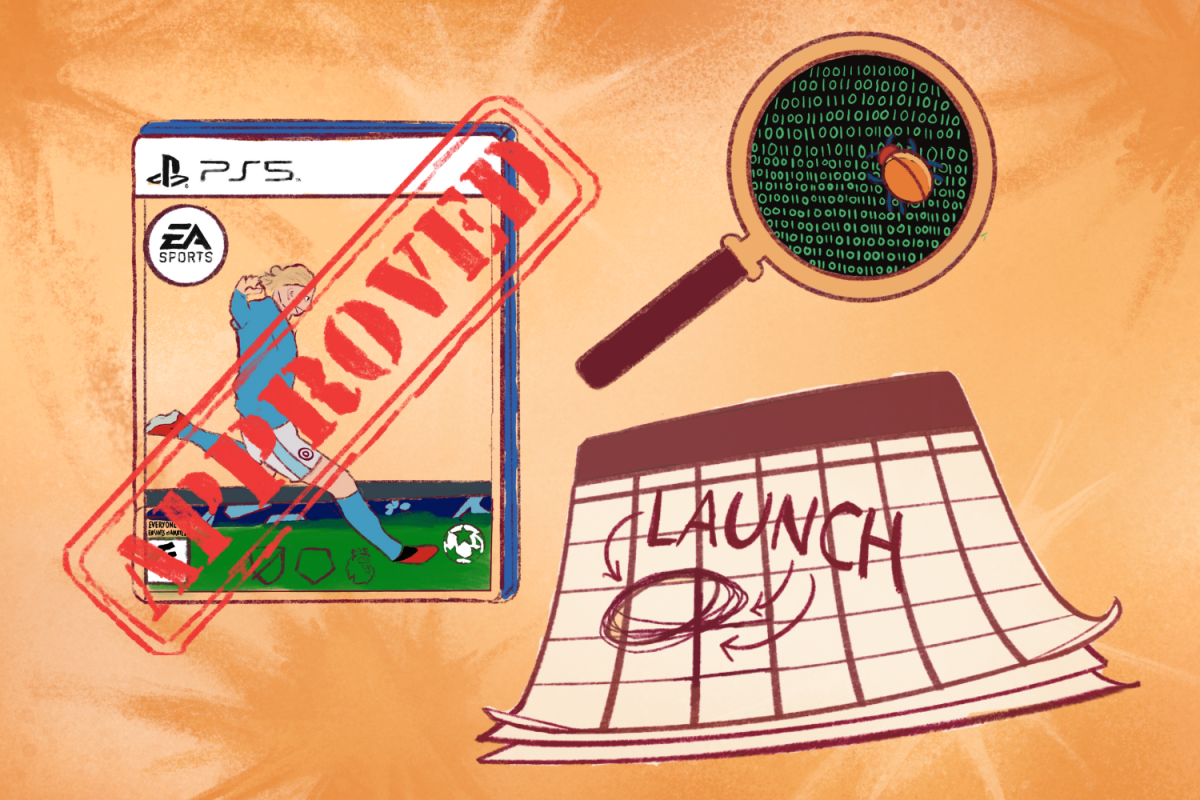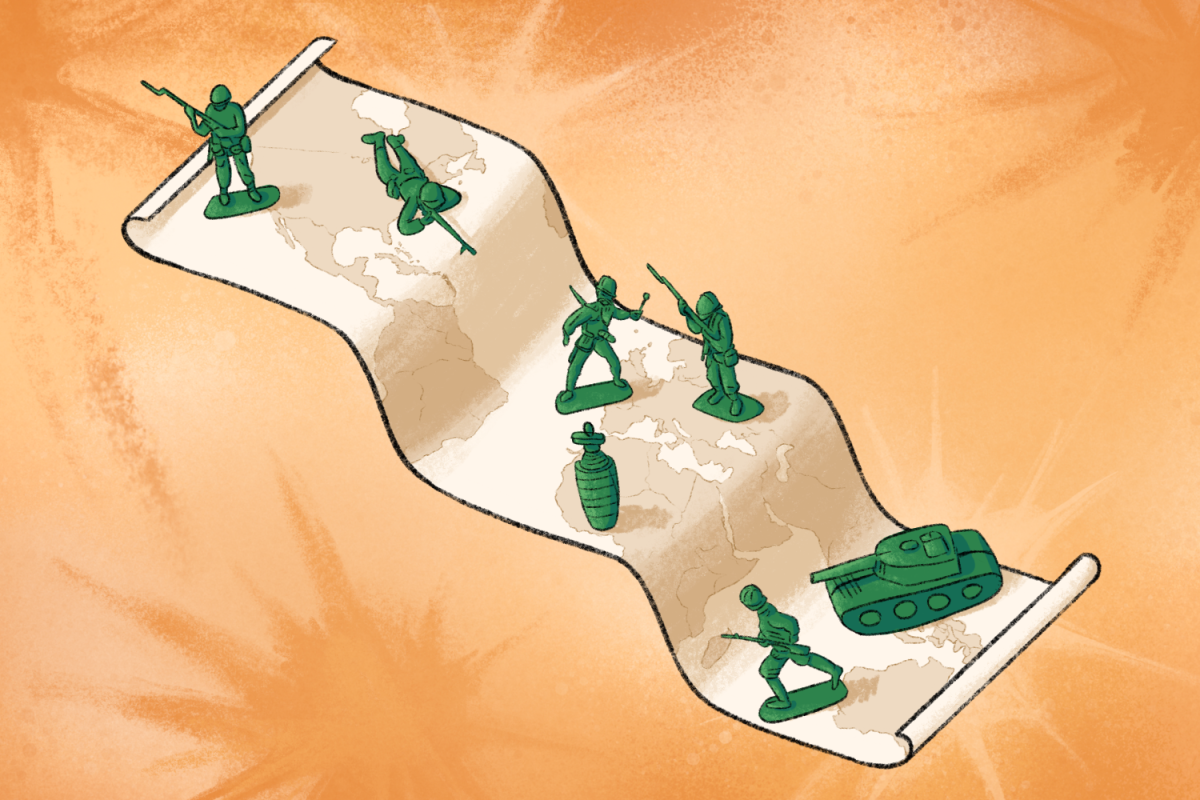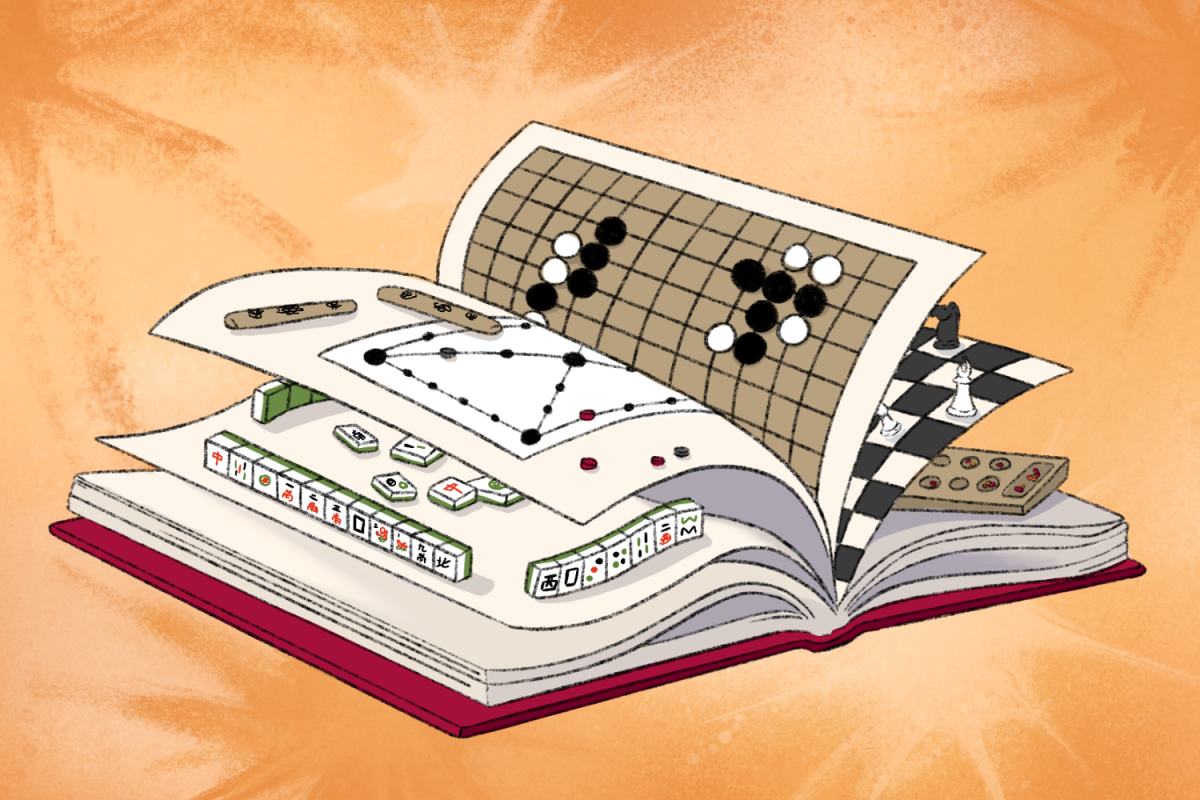In the world of game development, ideas become interactive experiences through a dynamic process. The journey from an initial concept to creating a refined, playable game involves creativity, technology and dedication. Generally, the game development process can be broken down into five steps: pre-production, production, quality assurance testing, launch and post-production maintenance. However, the work put into each stage and the relationship between stages are highly complex.
The pre-production stage is the planning phase of the process. Before game developers can begin thinking about the logistics of their ideas, they need to be able to gauge whether their game will be able to be commercially successful. By conducting market research, game developers understand the current trends in the game industry and identify potential gaps in the market. This helps them determine whether there is a demand for their proposed game. An important part of pre-production is creating a game design document which will serve as a blueprint for the rest of the process.
“GDD — the game design document — unifies the designers, developers, artists and other team members,” senior Sanchitha Dinesh said. “It helps everyone understand their roles and responsibilities within the project.”
During the pre-production stage, writers, artists, designers and developers work together to define the game’s scope. This involves generating concepts for the game’s functionality, characters, visual style and narrative.
“Everything that happens before you start coding is the most important part: planning and finding your target audience and thinking everything out before you start coding your game,” computer science teacher Bradley Fulk said.
The production stage is the longest phase of the game development process. During production, the team takes a select few of the concepts planned out during pre-production and turns them into code, designs and other various assets.
“This is my favorite part of creating a video game because all your ideas finally become real,” senior Sanchitha Dinesh said. “Despite all the bumps and the small frustrating mistakes I come across while coding, the end result is always worth it.”
Graphic designers are tasked with creating character models, developing dynamic and immersive level designs and environments and refining user interfaces. Through this process, many ideas may also be discarded or scrapped due to being overly ambitious given a time constraint.
“I love this industry because of the teamwork aspect,” Intercept Games artist and animator John Roper said. “My designs are combined with my colleagues’ programs; there is a huge team of people all working to create this one product in the form of a video game.”
Quality assurance is the next testing phase for developers before release, allowing them to focus on the small details of game creation. At this point, the game’s features should be mostly complete, but the QA process helps ensure bug-free and polished games, acting as the foundation for excellence in video game development.
Marketing efforts play a crucial role when launching an AAA video game. The term “AAA Games” is a classification used within the video gaming industry to signify high-budget, high-profile games that are produced by large, well-known developers. Marketing involves promotional campaigns, press releases, and engagement within gaming communities to generate anticipation. Distribution channels are carefully chosen, and coordination with retailers or digital platforms is vital for a successful launch.
At Lynbrook, all computer science classes have projects at some point throughout the year in which students have the opportunity to program a game. Although there is no specific assignment to create a game, students often gravitate to game development.
“I’ve had a couple of students who were in my APCS Principles class and they are working in the game development industry now,” Fulk said.
While game development may look different in high school and in the professional industry, the fundamental passion for gaming and commitment to creating an enjoyable experience remains a common thread.



































































